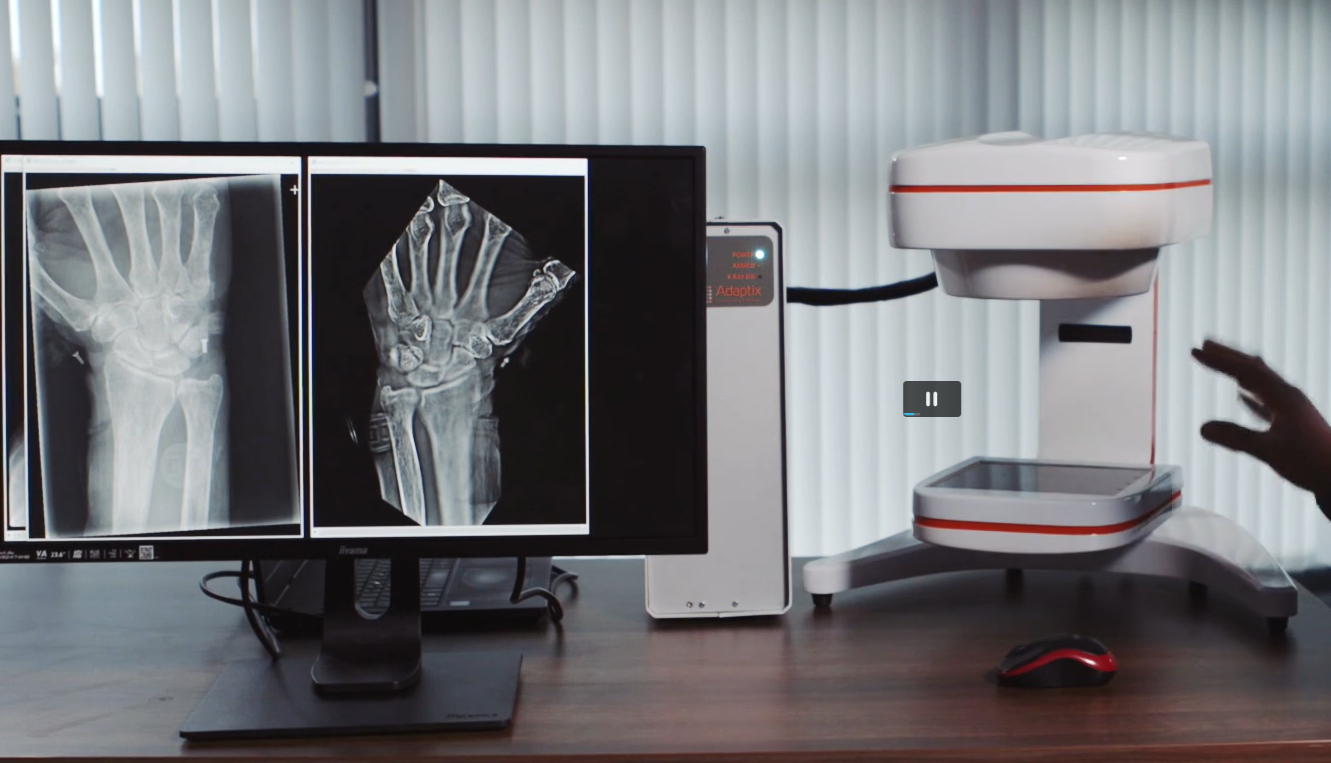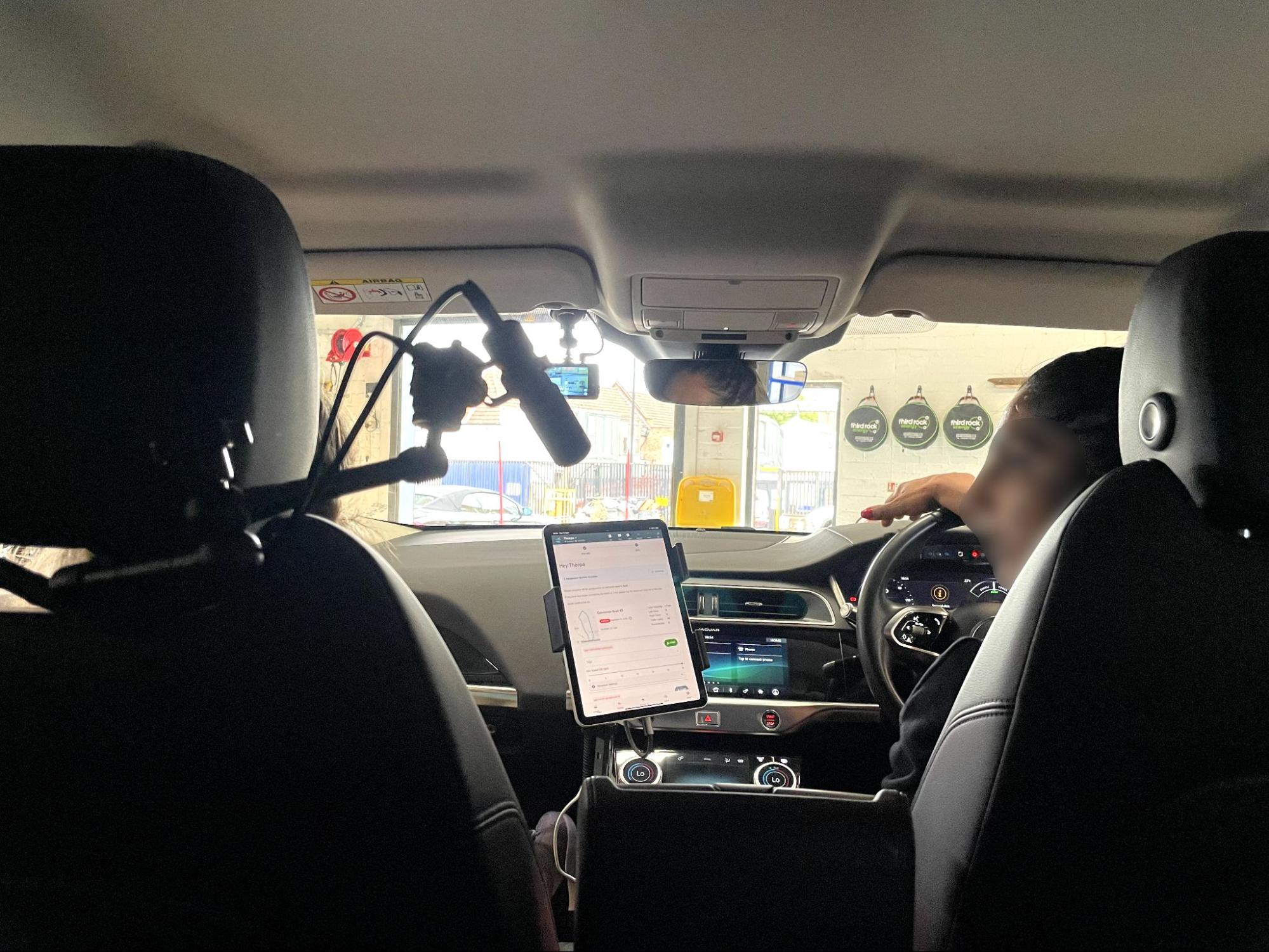Overview
AiSentia is in the early stages of development and has created a Minimum Viable Product (MVP) prototype.
Minimum Viable Product (MVP)
An MVP contains enough features and functionality to attract early adopters and allows product leaders to validate their assumptions, accumulate feedback, and iterate based on potential customers' needs.
This prototype aimed to enhance diagnosis accuracy and personalise patient care through predictive analytics and advanced algorithms. AI has a profound impact at every stage of healthcare delivery, including CT imaging, to help reduce human error, assist medical professionals and staff, and provide patient services 24/7. AiSentia recognised the importance of user experience in their success and called on us to help ensure the platform meets the highest standards of usability and functionality to protect future funding and maximise adoption.
What they needed
AiSentia was successful in securing funding for an SBRI NHS Net Zero pilot project, designed to validate and support iteration for solutions that could positively contribute towards a net-zero NHS. As one of the project consortium partners, we were brought in to help them review the user interface of their existing prototype to refine and test to improve the user-friendliness of AiSentia’s software and provide a UX strategy for future phases of work. To help AiSentia achieve its goals, we knew we needed to identify areas for improvement, determine the level of UX enhancements required, and create a compelling plan for future enhancements.
What we did for them
Given AiSentia’s status as an early-stage startup wanting to optimise its product development roadmap for maximum impact and validate its positioning for an upcoming round of funding, we recognised the importance of a cost-effective approach to deliver maximum value.
This approach had to be flexible whilst prioritising the user feedback to inform future development decisions and align with user needs. We provided:
Lean user research
UX Strategy Plan for future project proposals
Lean user research
As part of our review, we conducted user interviews with a number of healthcare professionals, including radiologists and surgeons, in multiple geographic locations, including Canada, Greece and South Africa. These interviews looked into their experiences, pain points, and needs regarding their current clinical workflow and the potential role of medical AI platforms within that.
As part of the sessions, we conducted usability tests to evaluate the usability and effectiveness of AiSentia's platform. These insights were pivotal in informing our recommendations and guiding the platform's future development.
Building on the insights gained from user interviews and usability testing, we proposed additional activities to address identified gaps and enhance the platform's functionality.
Some of our insights from the research
Currently, clinical users leverage CT scan display and transfer software multiple times daily, often in tandem with other supporting systems. However, sharing scans through third-party platforms poses its own challenges, especially concerning legal constraints such as HIPAA in the United States and the Data Protection Act in the UK.
One common pain point we identified was the struggle radiologists faced when juggling multiple software programs simultaneously. To address this, we recognised the need for communication between Picture Archiving and Communication (PAC) systems (used to transfer & store CT images) and the AiSentia platform, which includes a medical image display capability.
We also gathered valuable feedback from users regarding potential future roadmap for AiSentia’s product portfolio, with all users expressing support for the view that it could provide value across multiple areas of the anatomy and pathologies (diseases, disorders, or abnormal conditions).
Quantitative data survey (SUS survey)
Complementing our qualitative insights through our user interviews, we conducted a quantitative data survey using the System Usability Scale (SUS). SUS is a quick and effective way to evaluate the perceived usability of products, services and designs. It is an excellent benchmarking tool but a greater indicator when compared to the same product, service, or design iterations over time. The AiSentia platform received a SUS score of 84.2, which is considered excellent in the industry, indicating that users generally found the platform easy to use and understand.
This feedback on the platform's usability and user satisfaction allowed us to quantify user perceptions and identify areas for improvement. Combining qualitative and quantitative data ensured a comprehensive understanding of the user experience and informed data-driven decision-making.
Report
Our efforts were presented in a User Research Report, which documented our findings, insights, and recommendations. By consolidating qualitative and quantitative data, strategic recommendations, and UX insights, the Report equipped AiSentia with the knowledge and direction needed to drive continuous improvement and innovation.
UX Strategy plan for phase 2
The UX strategy for future development of AiSentia's product set that we proposed outlined key objectives, milestones, and recommendations for future iterations, ensuring continuity and long-term success.
While our initial research provided valuable insights, it could have been more extensive in number of users who weren't already familiar with the tool. We recommended a more thorough user research approach to address this limitation and prepare for future projects.
Enhanced User Research Plan:
User research
User Interviews: Conduct in-depth interviews with diverse users across various geographic locations and work settings to provide deeper insights into user behaviours and needs.
Usability Tests: Engage with more users per user group, including those completely new to the system. This broader user testing approach will uncover usability issues and gather feedback from a wider audience.
Diverse Participant Selection: Ensure representation from diverse demographics, including geographic location, work roles, and other relevant user characteristics to help capture a range of use cases.
UX integrated with the product development cycle
Given that AiSentia has developed an early-stage new product, we recommend integrating these research methods throughout the product development cycle. This iterative approach ensures that user needs and product value are continually reassessed and validated.
To facilitate future growth and development, as well as address identified usability issues, we propose redesigning key pages and navigation within the system. This redesign will focus on simplifying the user journey, improving the visibility of important features, and enhancing the overall user experience. Establishing a design system, such as a UI pattern library, will enable the interface to evolve in a consistent and user-friendly manner over time.
By aligning our recommendations with AiSentia's growth trajectory, we aimed to support their strategic objectives and position them for sustained success in the competitive medical AI landscape.
Results
Through our collaboration, AiSentia gained valuable insights into user needs, informing the development of their medical AI platform.
Our strategic recommendations and UX strategy provided AiSentia with a plan for enhancing its platform's user experience. As a result, AiSentia is better positioned to secure funding for its next round of development, demonstrating the efficacy of our lean and user-centric approach in meeting its objectives.
As a team, and individually, we found Fruto to be experts in their field, highly professional and easy to work with. Their work was delivered on time to a high standard and was very valuable to us during in a key part of our journey.




